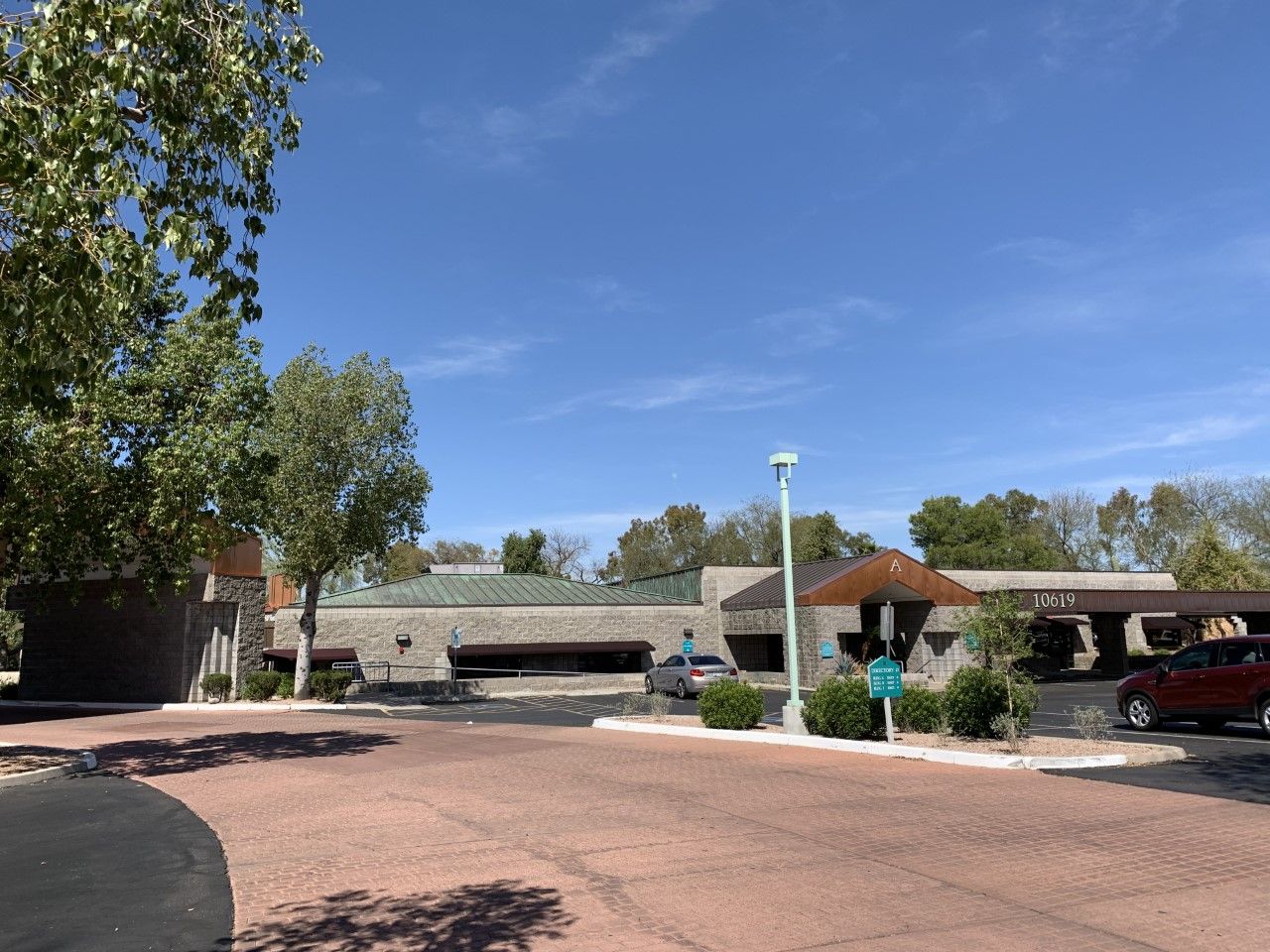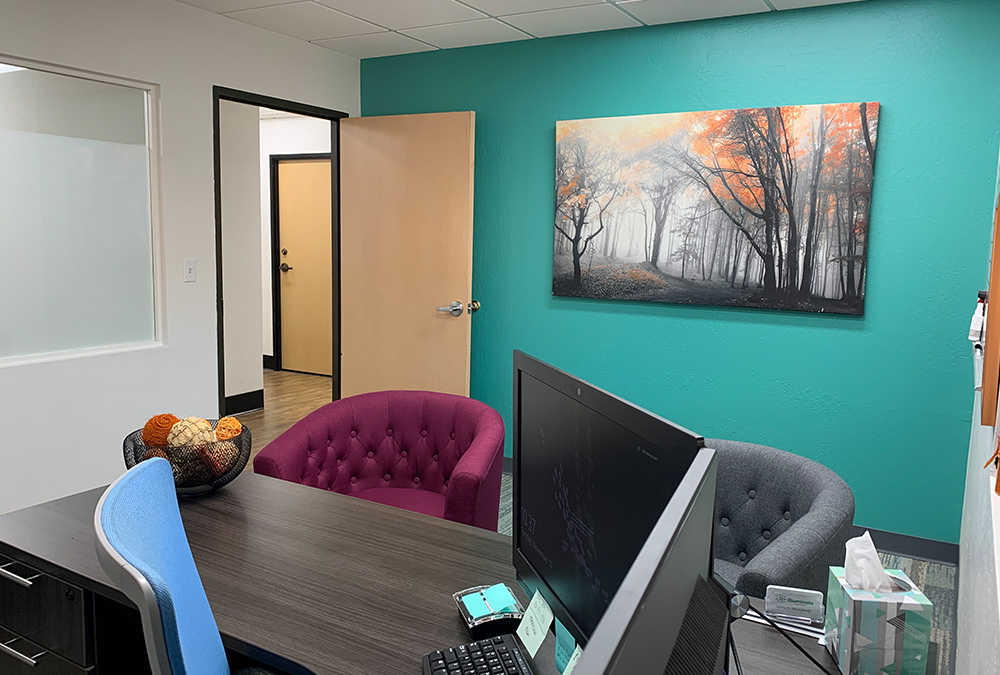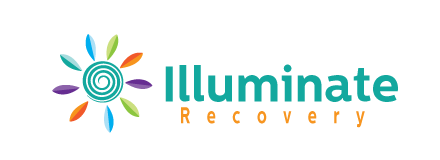Medication-Assisted Treatment Makes Recovery Easier
The body spends years acclimating to drugs and alcohol. During that time, the brain chemistry also alters to accommodate the drug use. It makes sense, then, that weaning off a substance would be unpleasant, both physically and mentally. Withdrawal comes with many uncomfortable symptoms, such as headache, nausea, vomiting, shakiness, and fatigue. Some withdrawal symptoms, like seizures, can be life threatening. Medication-Assisted Treatment can help ease withdrawal symptoms, reduce cravings, and encourage long-term lifestyle changes that help sustain sobriety.
What Is Medication-Assisted Treatment?
Medication-Assisted Treatment, or MAT, combines the use of behavioral therapies with FDA-approved medications. Research shows that the combination of these two interventions can successfully treat those who experience substance use disorders. Medication assisted recovery takes a “whole patient” approach to treatment and helps sustain recovery in those who struggle with addiction. Proper addiction treatment takes this into consideration.
Medication assisted treatment programs are primarily indicated for the treatment of opioid use disorders, including addiction to heroin and prescription pain medications containing opioids. The prescribed medication(s), which vary by individual, work to eliminate the euphoric effects of drugs and alcohol. This, in turn, helps normalize the chemical processes in the brain, reduce the physiological cravings of the substance, and normalize the body without experiencing the negative side effects of withdrawal. All MAT medications are approved by the Food and Drug Administration (FDA), and each MAT program is uniquely tailored to fit a patient’s needs. Not everyone is a good fit for MAT – for example, combining MAT medications with those prescribed for anxiety disorders (benzodiazepines such as Xanax or Valium) can be fatal.


Medication-Assisted Treatment for Substance Abuse
MAT recovery programs are FDA approved to treat opioid use disorder (OUD) as well as alcohol use disorder (AUD), though MAT for OUD is more common. An estimated 1.8 million people experienced an OUD related to prescription pain medications in 2013, and an additional 517,000 experienced an OUD related to heroin. The Substance Abuse and Mental Health Services Administration (SAMHSA) states that MAT is a clinically effective program that reduces the need for intensive inpatient treatment services. In addition, MAT provides a more individually-tailored treatment option that includes the provision of support services that address the needs of patients.
The goal of any MAT recovery program is to help the individual live a self-directed and autonomous lifestyle. MAT has been linked to positive outcomes like:
- Increased patient survival
● Better retention in treatment
● Increased ability for patients to attain and retain employment
● Decreased illicit drug and alcohol use; decreased criminal activity
● Better birth outcomes for mothers and babies with substance use disorder and neonatal abstinence syndrome
In addition, MAT has been linked to lower rates of HIV and hepatitis among those who have substance use disorders. Unfortunately, these effective therapies are still underutilized, often because some people believe that medication-assisted treatment simply substitutes “one drug for another.” This is simply untrue since MAT drugs work to block the euphoric effects of the substance disorders they intend to treat.
There are three FDA-approved medications for the treatment of opioid use disorder: Methadone, Buprenorphine, Sublocade and Naltrexone.
- Methadone is approved for the treatment of OUD and reduces opioid cravings in addition to symptoms of withdrawal. Since it requires close supervision in a SAMHSA-approved Opioid Treatment Program (OTP), it may not be right for everyone.
- Buprenorphine comes in several forms, including sublingual tablets, implants, and extended release injections. Since some of these versions can last up to 30 days, they are a good option for those who cannot make frequent visits to a clinic.
- Sublocade is a form of FDA-approved medication assisted treatment (MAT) for those suffering from opioid abuse or dependence. Sublocade was approved for medical use by the FDA in 2017 as a once-a-month buprenorphine injection.
- Naltrexone works differently than buprenorphine and methadone during the treatment of opioid dependence. Naltrexone works to block feelings of euphoria if a person relapses and uses the substance of abuse.
Medication assisted treatment for alcohol is becoming more popular as practitioners recognize it as an effective method for patients to sustain sobriety. The FDA has approved the use of three medications in the treatment of alcohol use disorder: disulfiram, naltrexone, and acamprosate. None of these medications’ “cure” and alcohol use disorder, but they are effective in reducing cravings when combined with evidence-based cognitive and behavioral therapies.
- Disulfiram is most commonly used to treat chronic alcohol use. It is effective when an individual with an alcohol use disorder has been through the initial part of the recovery process, detoxification. Disulfiram should never be used in conjunction with alcohol because unpleasant side effects such as nausea, vomiting, headache, difficulty breathing, and chest pain can occur. These side effects can begin as little as 10 minutes after having even a little bit of alcohol and persist for an hour or more.
- Acamprosate, like disulfiram, is intended for people who have already abstained from alcohol and want to continue avoidance. It is effective in preventing people from taking alcohol, but it does not treat withdrawal symptoms after people have alcohol. It does not work in people who drink or use illicit drugs. A person generally can begin taking acamprosate five days into sobriety, and it will become effective after 5-8 days. Acamprosate is a tablet taken three times daily.
- Naltrexone, when used for the treatment of alcohol use disorder, works to block the euphoric effects of being intoxicated. This, in turn, allows people to reduce their drinking behaviors so that they can continue treatment, prevent relapses, and take their other medications for co-occurring disorders. Naltrexone has few side effects and can be a good option for treating both alcohol and substance use disorders.
Medication Assisted Treatment is also effective in the protection against certain long-term effects of substance use disorders. The long-term use of substances such as opioids and alcohol can affect people differently. For some individuals, the uncomfortable symptoms associated with withdrawal can persist long after the detoxification and initial recovery process. This phenomenon is known as Post-Acute Withdrawal Syndrome, or PAWS. Occurring anytime during the first two years of treatment, PAWS is thought to be the result of the brain finding its way back to normal chemical balances. The symptoms of PAWS are often cyclical and can feel like the affected individual is experiencing waves that affect all their senses. Some of the symptoms of PAWS include:
- Anxiety
- Anger or mood swings
- Depression
- Changes in appetite or sleeping patterns
- Inability to concentrate
- Irritability
- Memory issues
- Energy level fluctuations (either reduced or heightened)
Medication assisted treatment can be effective in the treatment of PAWS. Without it, individuals experiencing these symptoms may be more tempted to relapse.
Drug and alcohol dependence can take months and even years. Just as it takes time to develop dependent behaviors, the road to recovery can also take time. A commitment to sobriety must be lifelong in order to be truly effective. Medication assisted treatment can help provide a gentler road to recovery and allow individuals to get back to their lives sooner. A substance use disorder affects the whole person: mind, body, and spirit. Behaviors that many take for granted may be very difficult to achieve in sobriety. For example, some people manage the stresses of parenthood, jobs, or school with ease; but these can all be triggers for relapse in a person newly in recovery. MAT programs can help ease symptoms and be a valuable tool in the recovery process.



Could You or Someone You Love Benefit From MAT? Find Medication Assisted Treatment in Scottsdale
Contrary to some misconceptions, MAT programs do not “substitute one drug for another.” These FDA-approved medications, combined with evidence-based therapies, can effectively control the cravings and withdrawal symptoms in those experiencing an alcohol or opioid use disorder. MAT programs work with the harm reduction model of medical care by empowering individuals with the tools necessary to sustain recovery. Research shows that individuals who participate in MAT programs have better long-term outcomes and are more likely to stay on medications for co-occurring disorders. With MAT, individuals who struggle with substance use disorders can enjoy a lifelong recovery with reduced symptoms.
Illuminate Recovery offers MAT programs as part of a holistic treatment and recovery plan. Going through a detoxification process without considering the holistic self can make the process much more challenging. When you consider the whole self, that changes. We aim to treat the whole person and heal the mind, body, and spirit in an effort to promote sustainable lifestyle changes and better life in sobriety.
Join our email list for recovery industry changes and news
Reach Out
For the best individual and group therapy for addiction in Arizona, please reach out today and speak with a treatment advisor. Call right now with any questions about our team, our therapies, or our programs. We have treatment advisors ready to take your call.
